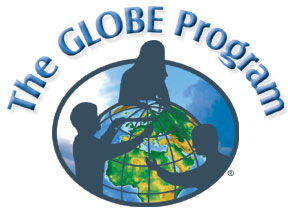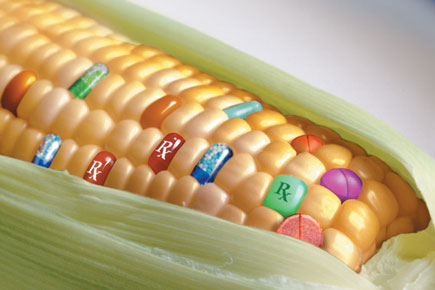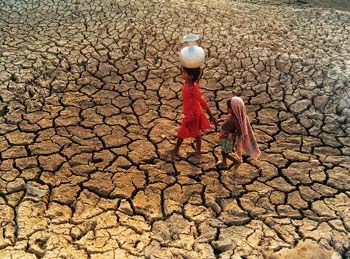The GLOBE Program
- Ayrıntılar
- Kategori: What is Environment

GLOBE (Global Learning and Observations to Benefit the Environment) is a worldwide hands-on, primary and secondary school-based science and education program. GLOBE's vision promotes and supports students, teachers and scientists to collaborate on inquiry-based investigations of the environment and the Earth system working in close partnership with NASA and NSF Earth System Science Projects (ESSPs) in study and research about the dynamics of Earth's environment.
Who is involved in GLOBE?
Announced in 1994, GLOBE began operations on Earth Day 1995. Today, the international GLOBE network has grown to include representatives from 111 participating countries and 140 U.S. Partners coordinating GLOBE activities that are integrated into their local and regional communities. Due to their efforts, there are more than 50000 GLOBE-trained teachers representing over 20000 schools around the world. GLOBE students have contributed more than 20 million measurements to the GLOBE database for use in their inquiry-based science projects.
GLOBE brings together students, teachers and scientists through the GLOBE Schools Network in support of student learning and research. Parents and other community members often work with teachers to help students obtain data on days when schools are not open.













